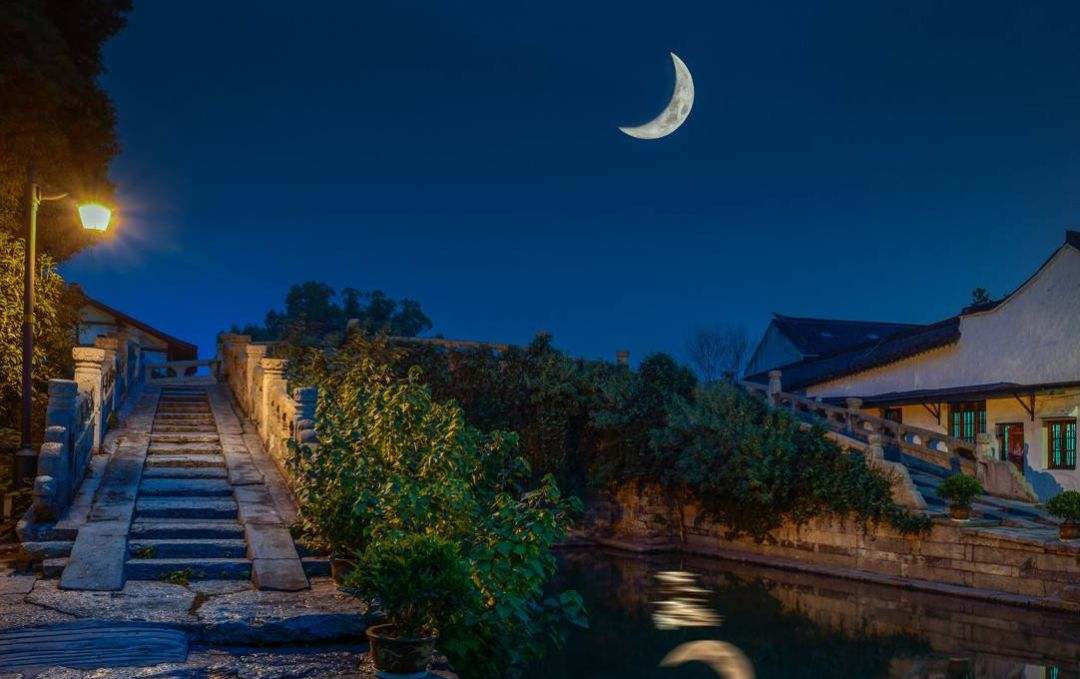

男:我们好像在哪见过 你记得吗
女:好像那是一个春天 我刚发芽
男:我走过
女:没有回头
男:我记得
女:我快忘了
男:我们好像在哪见过 你记得吗
女:记得那是一个夏天 盛开如花
男:我唱歌
女:没有对我
男:但我记得
女:可我快忘了
男:我们好像在哪见过 你记得吗
女:好像那是一个秋天 夕阳西下
男:你美得让我不敢和你说话
女:你经过我时风起浮动
合:我的发
男:我们好像在哪见过 你记得吗
女:记得那是一个冬天 漫天雪花
男:我走过
女:没有回头
男:我记得
女:我快忘了
男:我们好像在哪见过 你记得吗
女:那时你还是个孩子 我在窗棂下
男:我猜着你的名字刻在了墙上
女:我画了你的模样对着弯月亮
男:我们好像在哪见过 你记得吗
女:当我们来到今生 各自天涯
男:天涯相望今生面对谁曾想
女:还能相遇一切就像
合:梦一样
我们好像在哪见过

太多太多的情 让我深深地牵挂
太多太多的爱 让我终身难报答
太多太多的人 让我一辈子放不下
太多太多的话 我多想对你来表达
亲爱的祖国 各族人民亲如一家
辽阔的国土上 有我心中最美的图画
无论我走到哪里 祖国啊祖国
你永远是我的家
我的家
太多太多的情 让我深深地牵挂
太多太多的爱 让我终身难报答
太多太多的人 让我一辈子放不下
太多太多的话 我多想对你来表达
亲爱的祖国 各族人民意气风发
广阔的大地上 到处盛开最美的鲜花
无论我走到哪里 祖国啊祖国
你永远是我的家
我的家
亲爱的祖国 各族人民意气风发
广阔的大地上 到处盛开最美的鲜花
无论我走到哪里 祖国啊祖国
你永远是我的家
我的家
你永远是我的家
永远是我的家
我的家

远去的脸庞
像婴儿般安详
清澈的眼睛
闪着温暖的光
围在火堆旁
看老照片
记忆停在家乡
带上母亲的托付和渴望
远去的记忆
仿佛还在身旁
南来的脚印
像鸿雁排成行
告别了北方
回家的路依然漫长
带上父亲的心愿和希望
天上星星排成行
在目送孩子回家乡
林木健朗 风雪逐浪
年轻的生命在路上
人间岁月山水长
是热血让青春闪光
天涯滚烫 落日金黄
孩子的牵挂 永远是家乡
远去的记忆
仿佛还在身旁
南来的脚印
像鸿雁排成行
告别了北方
回家的路依然漫长
带上父亲的心愿和希望
天上星星排成行
在目送孩子回家乡
林木健朗 风雪逐浪
年轻的生命在路上
人间岁月山水长
是热血让青春闪光
天涯滚烫 落日金黄
孩子的牵挂 永远是家乡

因为梦见你离开
我从哭泣中醒来
看夜风吹过窗台
你能否感受我的爱
等到老去那一天
你是否还在我身边
看那些誓言谎言
随往事慢慢飘散
多少人曾爱慕你年轻时的容颜
可知谁愿承受岁月无情的变迁
多少人曾在你生命中来了又还
可知一生有你我都陪在你身边
因为梦见你离开
我从哭泣中醒来
看夜风吹过窗台
你能否感受我的爱
等到老去那一天
你是否还在我身边
看那些誓言谎言
随往事慢慢飘散
多少人曾爱慕你年轻时的容颜
可知谁愿承受岁月无情的变迁
多少人曾在你生命中来了又还
可知一生有你我都陪在你身边
当所有一切都已看平淡
是否有一种坚持还留在心间
呼哦 哦
多少人曾爱慕你年轻时的容颜
可知谁愿承受岁月无情的变迁
多少人曾在你生命中来了又还
可知一生有你我都陪在你身边
多少人曾爱慕你年轻时的容颜
可知谁愿承受岁月无情的变迁
多少人曾在你生命中来了又还
可知一生有你我都陪在你身边
可知一生有你我都陪在你身边



Dominio de Pingus is a Spanish winery located in Quintanilla de Onésimo in Valladolid province with vineyards in La Horra area of the Ribera del Duero region. The estate's flagship wine, Pingus, is considered a "cult wine", sold at extremely high prices while remaining very inaccessible,[1][2] and commands an average price of $811 per bottle.[3]
The winery also produces a second wine, Flor de Pingus, and a special cuvée, Ribera del Duero "Amelia". Recently, Dominio de Pingus has founded a joint project with local grape producers to make an old vine tempranillo called "PSI".
Dominio de Pingus was established in 1995 by Danish oenologist Peter Sisseck, also manager of the Pesquera de Duero estate Hacienda Monasterio.[4] On the estate's winemaking philosophies, Sisseck has stated, "The vines in my plots are very old. They have never been fertilised nor treated with pesticides and all grow following the traditional en vaso system. They are perfect."[4]
About the first 1995 vintage of Pingus, Robert Parker declared, "One of the greatest and most exciting wines I have ever tasted".[5] With a very limited first vintage production, only 325 cases were made with prices initially set at US$200 per bottle, it became yet more scarce when in November 1997 the ship transporting a U.S. bound shipment of 75 cases disappeared somewhere off the Azores in the North Atlantic Ocean.[6] The shipwreck resulted in a dramatic reaction in the US market, with prices soon rising to $495 per bottle.[5][6]
At the Ronda WineCreator conference of April 2008, Sisseck was angered by suggestions by Decanter editor Guy Woodward that some winemakers make wines to suit the palates of certain critics. In response he called Woodward's remarks arrogant for implying winemakers do not have their own opinions, adding, "I don't even think it is possible to do this."[7]
In 2007 it was announced that the Spanish government had approved plans to expand highway roads through the vineyards of Dominio de Pingus and other wineries, which was met with strong opposition by Sisseck who called it a "vengeful measure".[8]
Planted with very old vines of Tinto Fino, i.e. Tempranillo, the vineyards are 2.5 hectares (6.2 acres) in Barrosso with vines exceeding 65 years and 1.5 hectares (3.7 acres) in San Cristobal with vines older than 70 years, and the unusually low average yield of 12 hL per hectare. Since 2000, the viticulture has been biodynamic. Of the annual production of Pingus there is typically less than 500 cases, though in poor vintages no Pingus is made.
The production of the second wine Flor de Pingus, also 100% Tempranillo, is made with fruit from rented vineyards in the La Horra zone, with vines older than 35 years. Since the 2005 vintage, the viticulture has been biodynamic. The annual production is on average 4,000 cases.
Additionally there has been the single barrel cuvée, Ribera del Duero "Amelia", made from a vineyard parcel of 100+ year old vines with an average yield of 10 hL per hectare, with biodynamic viticulture since its initial 2003 vintage. The 2005 vintage had a production of 25 cases.
"PSI" is a joint project based on fruit produced by local grape growers from old tempranillo vines. The goal is to help grape producers and save old vines. Project was founded in 2006, first vintage was 2007. Grape growers are encouraged to employ biodynamic or organic vineyard management practices. The wine is made by Peter Sisseck and Pablo Rubio and sold under producer name Bodegas y Viñedos Alnardo. Vinification takes place in large concrete vats and aging in concrete and wooden tanks and oak barrels. Production of PSI 2009 was 9,600 cases, PSI 2010 was 16,600 cases.









Palma de Mallorca5 (oficialmente, Palma)678 es una ciudad y municipio español, capital de la isla de Mallorca y de la comunidad autónoma de las Islas Baleares. Es además sede del partido judicial número tres de la provincia y de la diócesis de Mallorca. Está ubicada en la parte occidental del mar Mediterráneo y, dentro de la isla, hacia el suroeste. Se encuentra a unos 250 km al este de la península ibérica.
Su término municipal ocupa una extensión de 208,63 km² que se extienden entre la sierra de Na Burguesa y el Prado de Sant Jordi. Se sitúa en el centro de la bahía de Palma, a unos 13 metros de altura sobre el nivel del mar. La atraviesan varios torrentes, como el la Riera y el de Gros.
Con 416 065 habitantes en enero de 2019, Palma es la octava mayor ciudad de España por población y la primera de las Islas Baleares.9 Su área metropolitana engloba nueve localidades con 560 240 habitantes, repartidos en una superficie de 1015,88 km², siendo la 14.ª de España.10
Fue fundada con el nombre de Palma por el cónsul romano Quinto Cecilio Metelo Baleárico en el año 123 a. C. Se estima que su asentamiento actual corresponde con las ruinas romanas que se encuentran bajo su casco histórico, aunque aún no existen pruebas irrefutables.1112 Después de estar en manos de los vándalos y los árabes en 903, fue conquistada por el rey Jaime I de Aragón el 31 de diciembre de 1229,13 convirtiéndose en la Ciutat de Mallorca, capital de su propio reino, que decayó tras su incorporación a la Corona de Aragón en 1279.
En 1715 entraron en vigor los Decretos de Nueva Planta, recuperando la ciudad su topónimo romano, Palma. Poco después, ya en el siglo xx, fue protagonista de la explosión de un intenso auge turístico que la usó como destino vacacional durante las décadas de 1960 y 1970. En la actualidad constituye un notable centro económico y cultural a nivel insular y autonómico.












